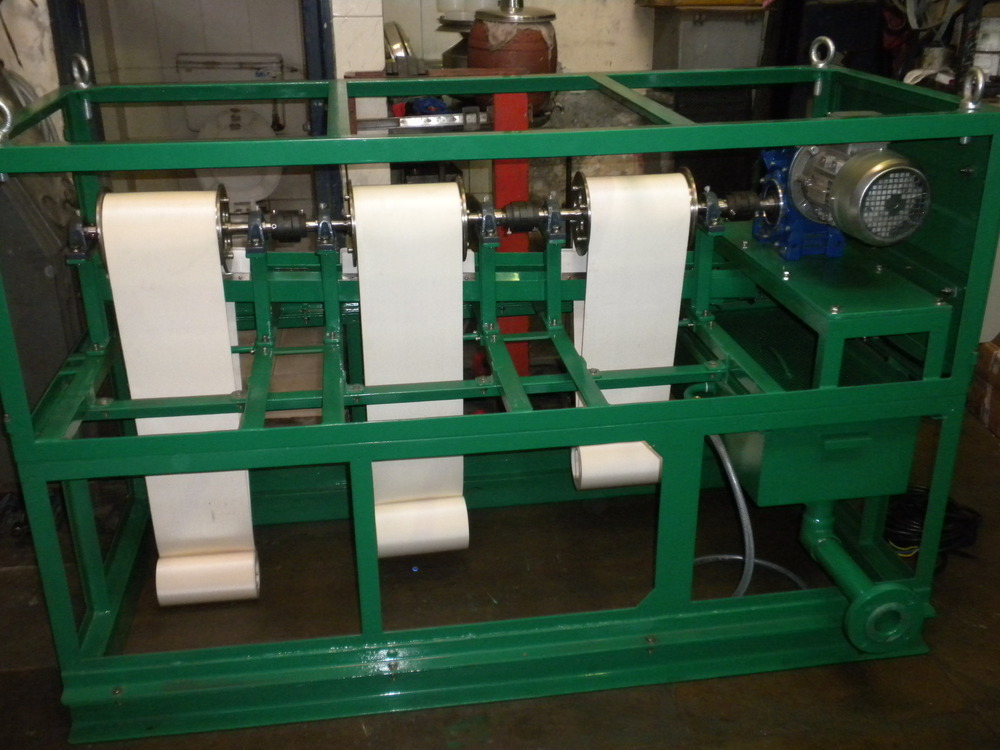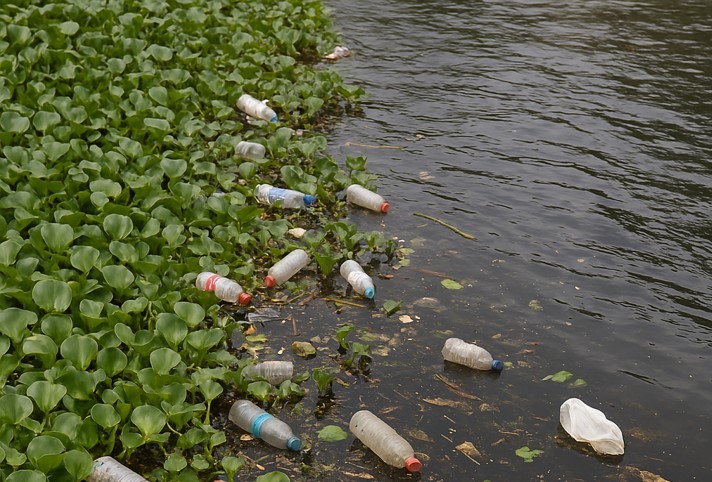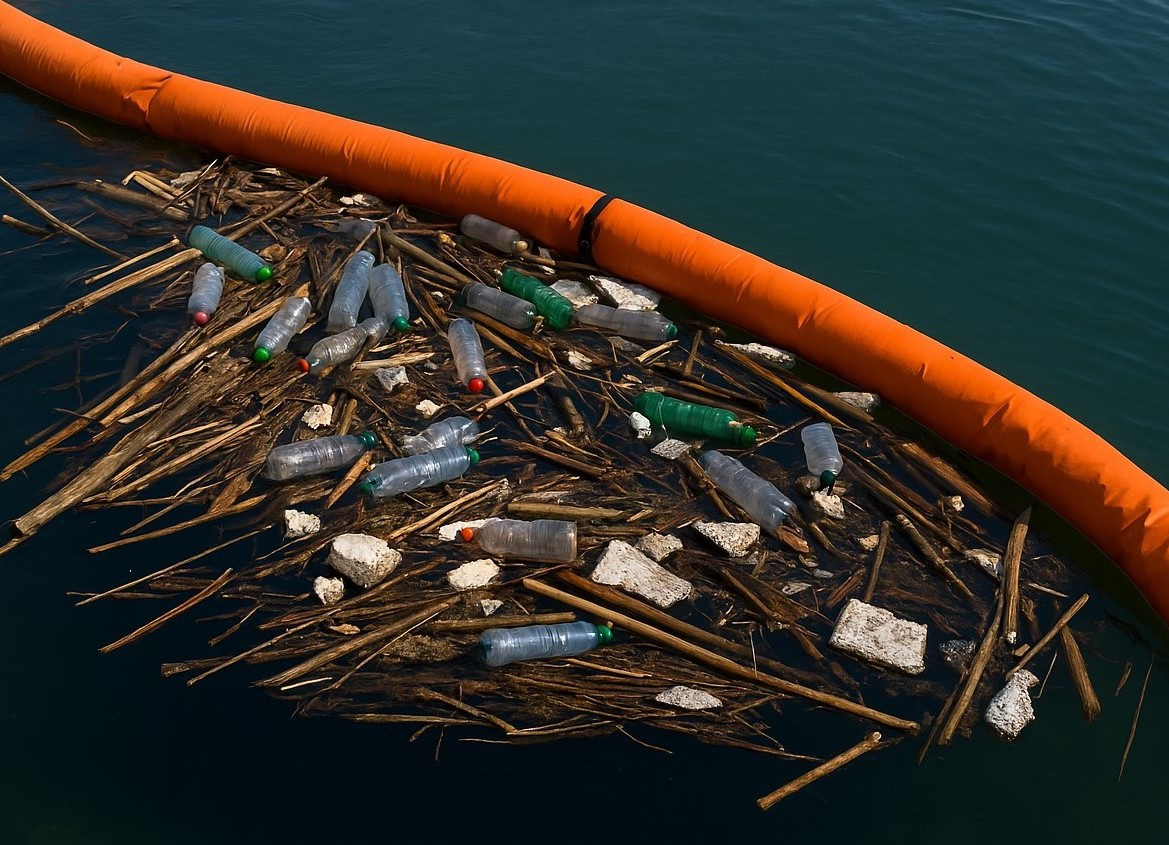An Overview of Mechanical Oil Removal Methods

Oil removal from wastewater is crucial in safeguarding the environment. Over the years, an array of methods has evolved to improve oil removal in industrial applications. As we strive hard to maintain ecological balance, the advancement in oil removal has proved beneficial to industries in more than one way.
In this article, we will focus on mechanical oil and water separation methods. The mechanical separation ensures that the physical properties of oil and water/liquid do not change. Mechanical separation benefits the industrial processes, performance, and helps adhere to the regulations.
Oil Removal Methods
The mechanical oil removal methods mainly consider the difference in gravity, density, and adhesion properties of oil and liquid. The varying oil viscosities, liquid parameters, and specific requirements under a given site conditions have largely led to the development of oil skimmers, oil water separators, and decanters.
Oil Skimmers
Oil skimmers are mechanical devices that remove the free-floating oil from the surface of the liquid. The oil skimmers can be further categorized as oleophilic, non-oleophilic, and gravity oil skimmers.
The skimming surface of the oleophilic oil skimmers is designed to take advantage of the adhesion properties of the oil. On operation, the skimmer surface comes in contact with oil, the free-floating oil adheres to the surface of the skimmer, enabling efficient oil removal. These oleophilic oil skimmers are available in different sizes and forms, such as brush, disc, belt, tube, mop, rope, etc. Some of these oil skimmers are fixed and others floating/rotary.
On the other hand, non-oleophilic oil skimmers remove the oil from the surface of the water by suction. These skimmers are called suction skimmers.
Oil Water Separators
The oil-water separators can be classified as gravity separators, coalescing separators, and centrifugal force separators.
The gravity-based oil water separator requires a tank. Oily water is filled in the separator tank, a baffle is used to reduce turbulence and help solids to settle at the bottom of the tank/basin. Whereas, the oil droplets float to the surface of the water. This results in the formation of three layers – solids settle at the bottom, oil forms the top surface, and the middle portion is water. The top oil layer is removed using a skimmer or a drain positioned just below the oily surface.
In the coalescing separators, a large surface area is created using layers of plates. The plates function as interceptors. They are placed one above the other with a void between them to allow the flow of the mixture/liquid. The purpose of the plates is to enable the coalescing of tiny oil droplets to form large droplets. The large oil droplets rise faster to the surface of water than the small oil droplets. Also, the plates restrict the flow of suspended solids thereby facilitating solids to settle at the bottom of the tank or basin. The top oil layer is removed using a skimmer or an oil outlet.
The plates in the coalescing separator can be either flat or corrugated. In certain cases, the plates are inclined at an angle to improve efficiency. The variations of coalescing separators can be summarized into API oil water separator, corrugated plate interceptor, and titled or inclined plate interceptor.
The hydrocyclone uses centrifugal force to separate oil from water. The design of hydrocyclone is such that the pumped oily water forms a vortex resulting in the generation of a huge centrifugal force. The centrifugal force pushes light oil droplets towards the center of the vortex whereas the heavy water droplets are thrown outwards, to the wall, forming two streams – oil and water. The outlets of both the streams are separator thereby separating oil and water.
Gravity Skimmers
The natural difference in the specific gravity of oil and water is the key principle used by the gravity oil skimmers to remove oil. These oil skimmers selectively drain the oil surface into an opening/weir, which leads to a collection tank. The lip/opening is placed just below the surface to allow maximum flow of oil into the weir/funnel/slot. The floating funnel, weir, and slotted pipe are some of the gravity-based oil skimmers. Except for the slotted pipe, the floating funnel and weir skimmers include floats and adjustable guides to maintain the skimmer’s position at all times.
Decanters
A decanter is a continuous gravity-based separator vessel. It consists of a simple vessel without internals that operate on the separation principle of gravity. The low-density oil forms the top layer followed by high-density water and solids. Contrary to coalescing oil water separators, decanters do not encourage coalescing, focussing on oil removal only through the separator process. In the oil and gas industry, the top layer may consist of gas, followed by oil, water, and solids.
The floating decanters consist of a weir and a float to support the weir. They are used to remove supernatant liquid from a tank/basin. It is also used to collect water from below the top surface of precluded foam, sludge, scum, or other floatable material. Decanters are usually used in conjunction with oil skimmers.
ATFs may use a floating decanter to remove supernatant liquid, an oleophilic oil skimmer may be ideal for coolant recovery, floating oil skimmers may prove to be the right choice to cover a large surface area. Reduction in disposal costs, recovery of precious raw material, improved process efficiency, safeguarding of equipment, operations in hazardous environments, compliance to discharge norms are some of the added benefits of oil removal using mechanical methods.
All mechanical oil and water separation methods are environment-friendly. Based on the site conditions and specific requirements the right oil skimmer, an oil-water separator, a decanter, or a combination of these, is available for efficient oil-water separation.
Frequently Asked Questions
Q1.What are the applications of belt type oil skimmers?
A. Belt type oil skimmers are commonly used in various industries, including oil refineries, wastewater treatment plants, and manufacturing facilities, to control oil spills and maintain water quality.
Q2.What are the advantages of using a chain scraper?
A. Chain scrapers offer reliable material handling, the ability to transport heavy loads, low maintenance requirements, and effective operation in challenging environments, making them an efficient choice for bulk material handling.
Q3.How effective are rotary skimmers in removing oil from water?
A. Rotary skimmers are highly effective, capable of removing a significant percentage of oil from the water surface. Their efficiency depends on the type of oil, environmental conditions, and the design of the skimmer.





